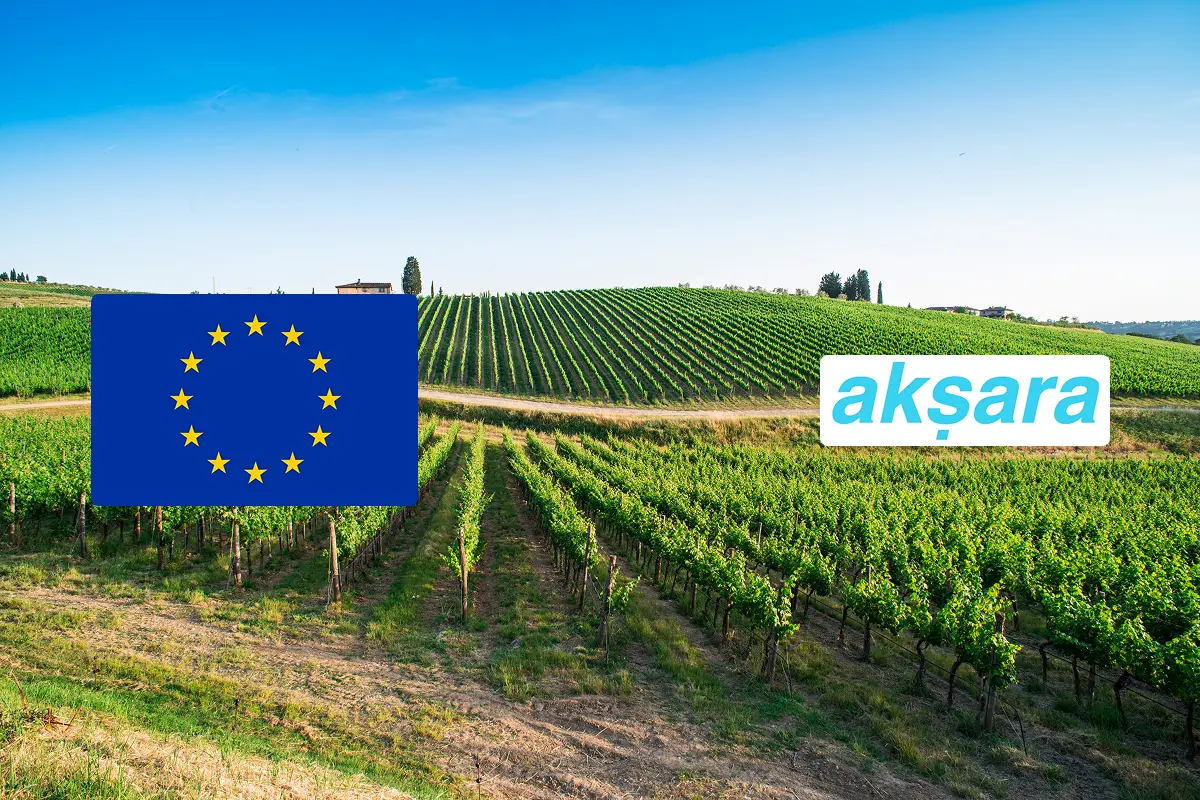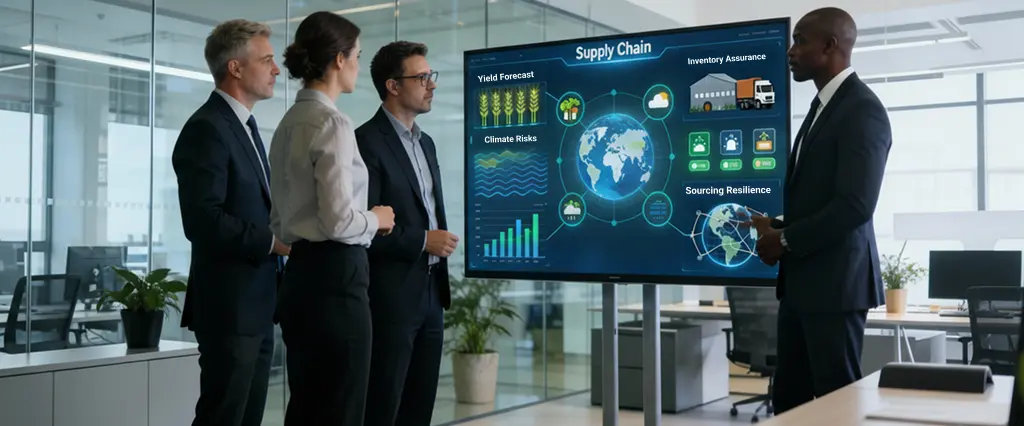What is EUDR?
EUDR timeline & EUDR commodities
Challenges with EUDR compliance
- Smallholder farmers pose inherent limitations for traceability and compliance monitoring in supply chains, particularly concerning exports.
- Challenges include technical expertise and resource constraints hindering them from providing comprehensive evidence regarding their land use practices.
- Agri-businesses sourcing from these smallholder farmers must overcome these hurdles to be EUDR compliant.
Advantages of traceability and monitoring for EUDR compliance
Integration with existing systems: Seamless integration of digital compliance solutions with existing tools enterprises use ensures operational efficiency and minimizes disruption to current workflows. Given the complexity of supply chains, which involve multiple stakeholders, each with their digital solutions, integrating these tools becomes crucial.
Robust data security: Cutting-edge technologies employed by digital solutions guarantee the security and integrity of collected data, safeguarding sensitive information. Compliances like the EUDR mandate adherence to data security standards.
Automated auditing: Digital platforms can automate key compliance tasks, including auditing and verification. It reduces administrative burdens and streamlines compliance procedures.
Efficient information exchange: Secure digital platforms facilitate seamless information sharing between all stakeholders within the supply chain. It promotes transparency and collaboration across the value chain.
Chain of custody: Digital platforms establish a secure and transparent chain of custody for commodities. It guarantees the integrity and deforestation-free status of products.
Opportunities EUDR compliance presents:
0b36.jpg?width=880&height=654&name=sustainable%20growth%20and%20opportunity%20(1).png)
The EU Deforestation Regulation (EUDR) demands robust traceability systems, presenting a hurdle for many companies. Digital traceability solutions have the potential to ease this journey by tracking the entire supply chain.
Digitization right from the farm level helps validate claims. Sensors and satellites automate information capture with timestamps for verification, providing 360-degree traceability. It offers real-time visibility into your supply chain. Further, reporting becomes seamless with pre-filled, accurate data from the platform.
Real-time monitoring: seeing is believing for EUDR compliance
Real-time monitoring & tracking for deforestation-free products with cropin












